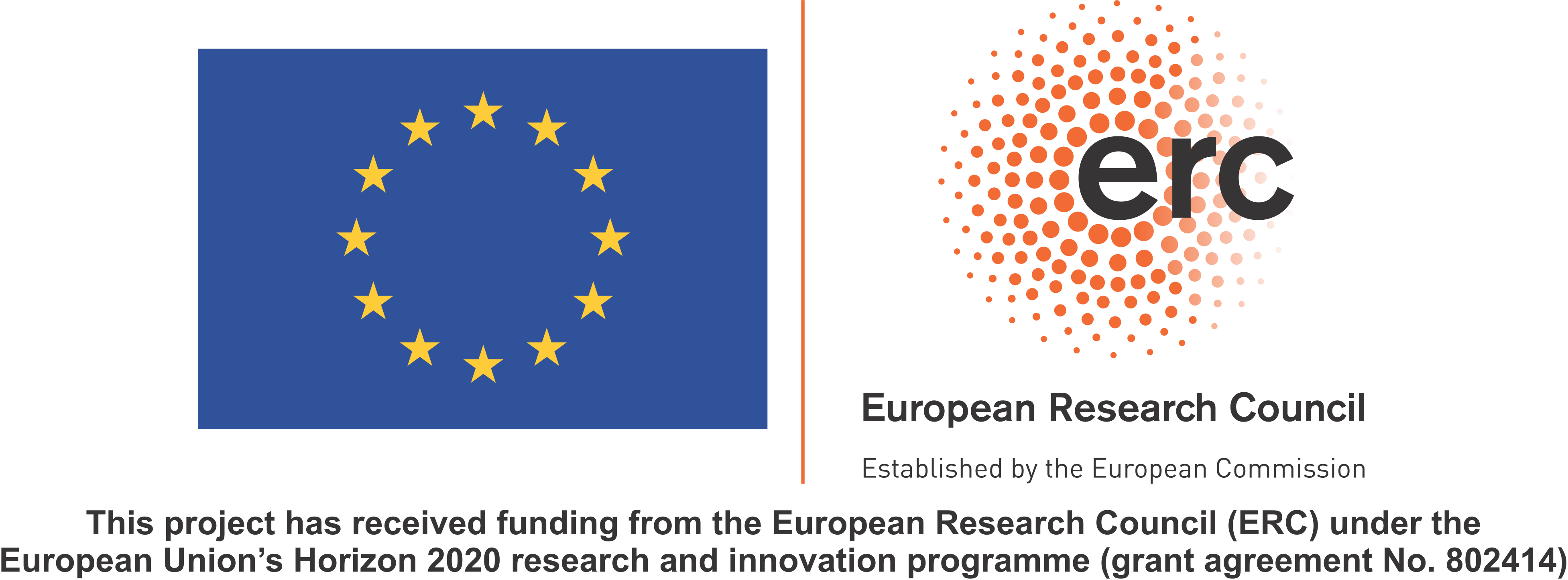The World Atlas of Last Interglacial Shorelines

https://doi.org/10.5281/zenodo.5979520
What is WALIS?
WALIS stands for “World Atlas of Last Interglacial Shorelines”. It is a database collecting data on Last Interglacial (70-125 ka) sea-level proxies. Each data point in WALIS follows a standard template that can be filled from an online interface. WALIS is part of the WARMCOASTS project, funded by the European Research Council, and falls under the purview of the PALSEA working group (supported by PAGES and INQUA).
How does it work?
- Contribute data. Geoscientists wishing to contribute data should register to our database interface and insert their data directly online. Data remain private and are accessible only by the registered user until they are ready for publication. Registration to the system is (and will always be) free.
- Data publication. WALIS aims to make Last Interglacial sea-level data open-access and readily available. Once their work is finalized, data creators are encouraged to submit their data to a repository under a CC BY license and give it a DOI. We suggest submitting to Zenodo, where we set up a “Community” where anyone can upload data. Users are free to decide to submit to another open-access repository and let us know by writing to alessio.rovere@unive.it.
- Download data. Once the data inserted by a data creator has been assigned a DOI from an open-access repository, it can be downloaded and re-used freely (complying with the simple rules at the bottom of this page).
- Periodical database collations. Periodically, WALIS data will be collated into a single release, containing all the data assigned a DOI up to the release date. The first release is planned to coincide with the closing of an ongoing Special Issue in the journal Earth System Science Data.
Download data
The data in WALIS is organized in a Zenodo Community. A series of manuscripts in a Special Issue of the journal Earth System Science Data describes each region included in the database. The latest version of the global database is also included in the GitHub repository linked at this page and archived in Zenodo.
GitHub (latest stable version from Zenodo)
Visualize and query WALIS data
WALIS data can be queried and visualized via a ShinyApp interface. The R code used to develop the app is available in Github and Zenodo. In addition, we developed other query and plotting tools in a series of Jupyter notebooks, available at the GitHub repository linked on the side of this page and archived in Zenodo.
Contribute to WALIS
Anyone can create an account and work with our interface to insert data on sea-level proxies and associated dated samples. Our interface is (and will remain) free, only requiring registration. If you already have the data standardized in WALIS format and want to submit them to Zenodo, the link below resolves directly to the data submission page for our community.
Submit data to the Zenodo WALIS community
Help
We know that, for less experienced users, the large number of fields in WALIS might appear intimidating. For this reason, we prepared a ReadTheDocs page and a series of YouTube tutorials to facilitate data insertion and help the user to understand the database structure better. Both are a continuous work in progress, so don’t hesitate to get in touch with alessio.rovere@unive.it for questions, bug reports, and requests. The ReadTheDocs files are also hosted in GitHub, and the latest docs version is stored in Zenodo.
Future developments
We are constantly working to improve WALIS and the associated tools. One of the most extensive developments is extending the database and the interface to include Holocene sea-level datapoints. For this, we are working with the HOLSEA community, and we have been recently financed by PAGES via two Data Stewardship Scholarships.
Acknowledgements
WALIS is the result of the work of several people. For this reason, we kindly ask you to follow these simple rules to acknowledge those who worked on it correctly.
- Cite the original authors. Please maintain the citations to credit the scientists who worked to collect the original data.
- Acknowledge the database contributor. Reviewing and standardizing sea-level data takes time and effort. Therefore, please maintain each contributor’s name, as listed in all data points.
- Acknowledge the WALIS team. WALIS was developed primarily by the team working on the ERC Starting Grant “WARMCOASTS” (ERC-StG-802414) and collaborators from the broader PALSEA community. Make sure they receive credit for their work.
Example. The data used in this study were extracted from / compiled in WALIS, a sea-level database interface developed by the ERC Starting Grant “WARMCOASTS” (ERC-StG-802414), in collaboration with PALSEA (PAGES / INQUA) working group. The database structure was designed by A. Rovere, D. Ryan, T. Lorscheid, A. Dutton, P. Chutcharavan, D. Brill, N. Jankowski, D. Mueller, M. Bartz, E. Gowan and K. Cohen. The data points used in this study were contributed to WALIS by list names of database contributors here.
Funding
This software is part of a project that has received funding from the European Research Council (ERC) under the European Union’s Horizon 2020 research and innovation programme (Grant agreement No. ERC-StG-802414)
Contact us
You may get in touch with us using the following channels.
